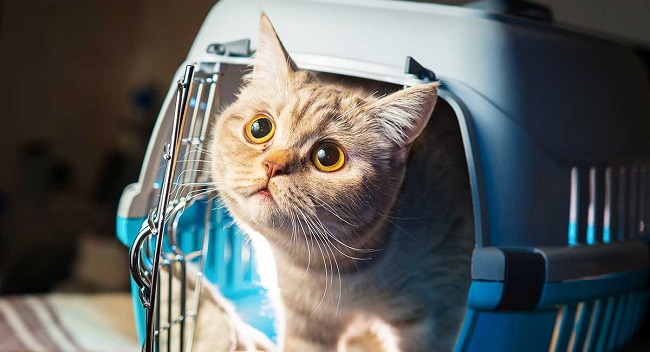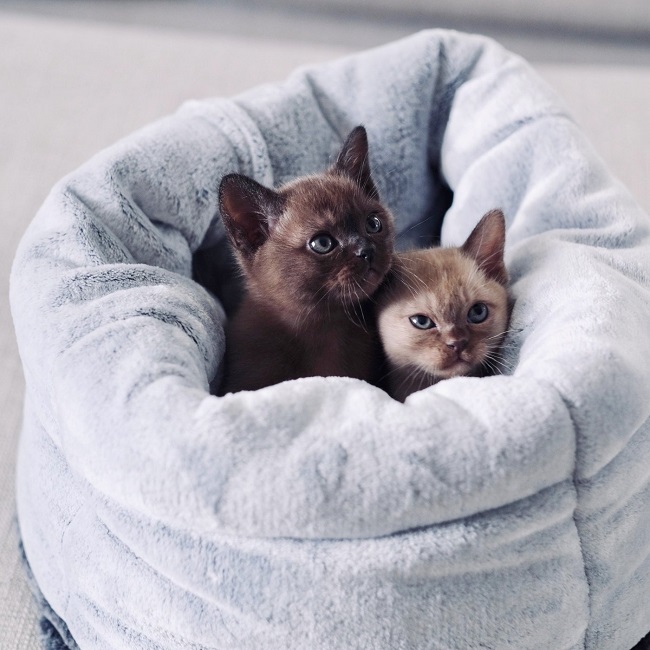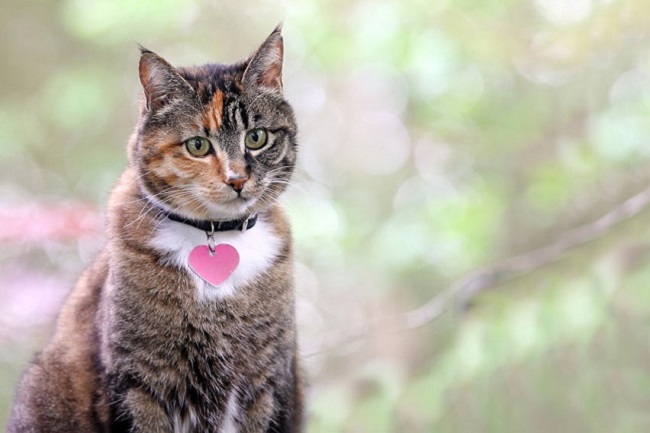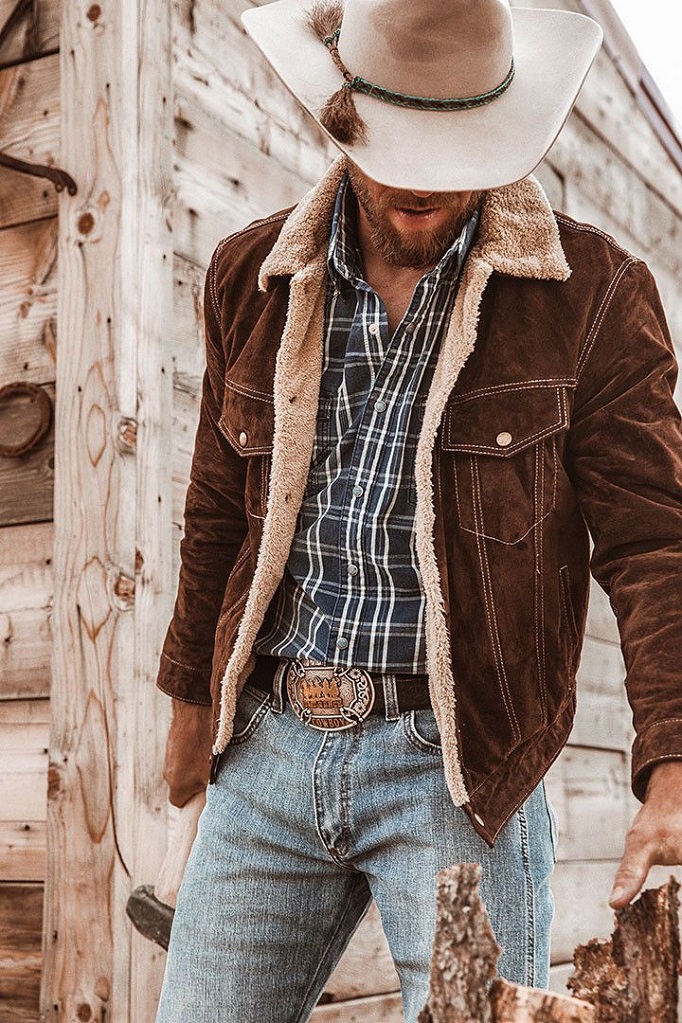Cat Care Essentials to Keep Your Feline Friend Healthy and Happy
Considering adopting a cat or kitten? Good for you! It's a decision that will enrich your life immensely. You've started on the right path as a new pet owner - you are doing your homework about what you need to get before you bring your feline friend home. Having what you need to take care of your cat before it gets home will help create a smooth transition that is less stressful for your pet. Here is a list of the essential products for cats you'll need to prepare in advance.
Carriers
It's very helpful to have a secure, size appropriate carrier to transport your cat home from the shelter or breeder, to the vet for checkups, or on a road trip. It isn't safe for you nor your cat to leave it free to move about your care where it can distract you from safe driving. Your pet will also feel safer and more secure when confined to a carrier's concise space. Make sure the carrier you choose is secure and easy to clean.
Food and Water Bowls
Kittens have lots of energy, so you may want to select bowls that won't tip over too easily. Keep in mind that some kittens are allergic to plastic, so it's a great idea to opt for different material like stainless steel. Stainless steel bowls are durable, easy to clean and dishwasher-safe. You should wash your cat food and water bowls daily to keep things fresh. Plenty of clean, fresh water on hand is essential for a kitten too.
Scratching Post
Litter Box
Training your cat to litter starts with choosing a littler box that is large enough for your pet to easily climb in and out of and move around. Traditional litre boxes are rectangular and about 10 cm deep, which suit most cases. Covered littler boxes are not a great option as they limit a cat's ability to view its surrounding.
Littler comes in two types:
- Clay litter - this type of litter is often less expensive and does a decent job at absorbing and controlling odours. Scoop and then dispose of the urine and the faces at least once daily and then clean out the entire box. Add fresh litter at least once a week. Scented varieties don't eliminate the need to clean the box out regularly.
- Clumping litter - it doesn't need to be thrown out and replaced as clay littler does. All you have to do is scoop the clumps that form around the urine or feces at least once a day and dispose of them. Add fresh littler regularly to help maintain the littler box's freshness.
Cat Bed
Most kittens and cats like to have their own place to rest. But until you see what your kitten's preferences are, you may not want to spend a lot of money on a fancy plush bed. Start with a simple, affordable cat bed. Just make sure it's large enough for your cat to stand up and turn around as it attempts to find the perfect snoozing position, but small enough for your cat to feel snug and secure. If possible, line the box with an old sweatshirt - your scent will be comforting and will encourage your cat to use its new space. Place the bed in a quiet corner, away from the main traffic in your house.
Grooming Tools
Grooming is very important to keep your kitten health and beautiful. For that, you will need both a flea comb and a brush. The type of brush to use will depend on the texture and length of your cat's coat. Ask a groomer or veterinarian to recommend one that is right for your feline.






Comments
Post a Comment